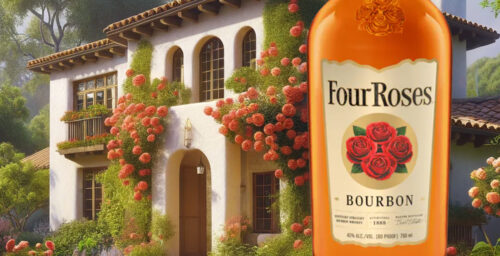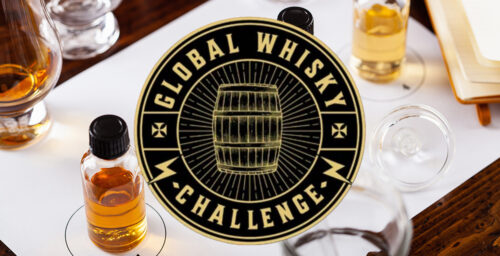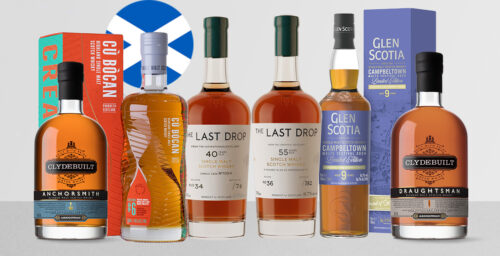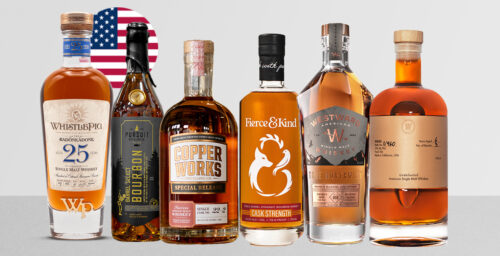Editor’s Note: The Whiskey Wash kicks off a few new whiskey writing focuses this month. This time around we welcome Aaron Howard, a noted Portland, Oregon bartender, as he explores his passion of vintage whiskey with us on an occasional basis.
As distilleries have been bought, sold, and shut down over the years, certain brands of whiskey have changed and evolved dramatically.
From the dawn of time, people have loved whiskey. But in the 1930’s and 40’s, whiskey wasn’t as popular as it is today, and it was a very different product.
I say this because for the last 10 years I’ve been curating and collecting old vintage whiskey. From dusty basements in Boston, Massachusetts, to old barns and bars in Portland, Oregon, I have sought out these treasures, and learned an immense amount about the value of old bottles in the process.
Old Crow used to be one of those great products, one of the best whiskeys on the market. I know because I had the pleasure of tasting some Old Crow from 1952 and it was amazing, so smooth with just the right amount of heat.
James C. Crow was a Scottish immigrant that started Old Crow in the 1830’s. Back then, their baseline expression was sold as just “Crow,” and as it aged longer it would take on the iconic name of “Old Crow” that we’re familiar with today.
Crow worked tirelessly to make the best product for the time, and he was one of the masters of his craft. Unfortunately, the real distillation process that he created died when he did, but when W.A. Gains Company took it over it was still an amazing product.
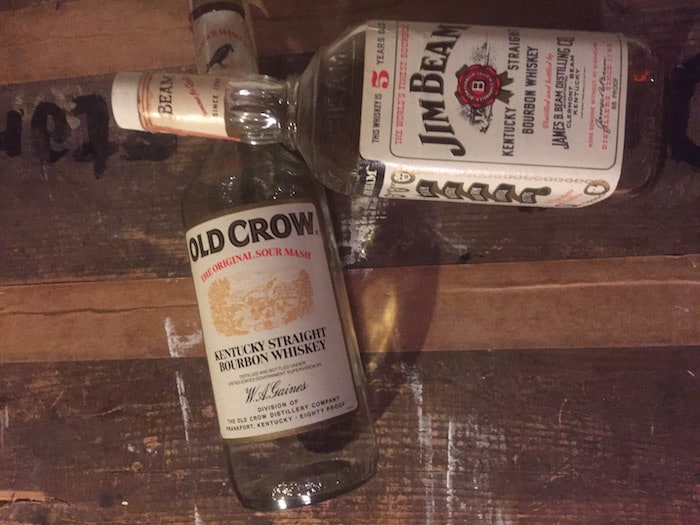
But during the 1940’s and 1950’s, Old Crow started to bottom out because it went to a sour mash production process, and many consumers didn’t like the flavor of sour mash at that time. Drinkers began turning to other brands such as Stitzel/Weller, which produced Old Fitzgerald and others.
In 1987, Jim Beam bought the company and completely changed the recipe to the same mash bill as Jim Beam, turning it from the six- to eight-year-old whiskey of former years to a three-year-old product. Around that time, Old Crow also had a reserve release that only offered for about four years. It was the best whiskey “out there for the price” at just $11.00 a bottle.
I have had my fair share of “vintage” or “antique” whiskeys, and I will tell you they rival any of the whiskeys produced today. In my travels I have found bottles dating back to 1874 – and yes! They do keep, as long as they’re stored where the UV rays from the sun can’t get to them, like in the dark, dusty basement of our great grandparent’s old house or in the cargo hold of some shipwreck off the Atlantic coast.
The whiskeys from that time period were absolutely amazing, and I wish that there were more of them around today. Back then, people put pride into their products and worked hard to make the best. Mind you that there are still some small craft distillers in the states that take this same pride in their products, and for this I praise them for the same efforts.
Whiskey from that day and age is lost and will never be produced in the same way again. If you are lucky enough to be able to get your hands on one of these rare bottles, call some friends and enjoy the history of the bottle. Imagine who made it and what were they doing at the time, or where the bottle has been in its travels.
Having come across a lot of these vintage bottlings, I have started realizing the value of these amazing old relics, and I have ether sold or opened them to share with friends. And honestly, those shared with friends are some of the best moments in my life.





